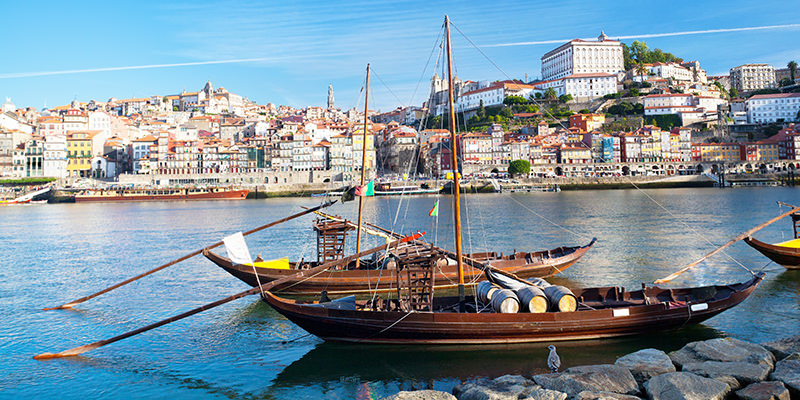Has your wallet become home to moths only? Holiday over-spending need not force Sober January, or giving up good juice for boxed plonk. Instead of going dry, try the bargain hunter’s secret weapon: Portuguese wines. With over 200 indigenous grape varieties, and more U.S. imports than ever, there’s bottles for everything from prime rib to shrimp-flavored ramen, and usually for under $20.
Though bargain basement prices make Portuguese wines the frugal connoisseur’s best friend, their bizarre, tongue-twisting names have often made choosing the right bottle daunting to the untrained eye. Luckily, these wines also have familiar, easy-to-pronounce counterparts and pair beautifully with winter comfort food.
Like most European wines, Portuguese bottles are often labelled by region, rather than grape variety which makes articulating “Arragônes” and “Trincadeira” unnecessary. And despite vintners beginning to include some grape varieties on labels, it’s easier to discover new favorites by region.
Here, a savvy shoppers guide to choosing the best Portuguese vinho for the buck in 2016.
If You Like Cabernet Sauvignon, Try Douro Reds
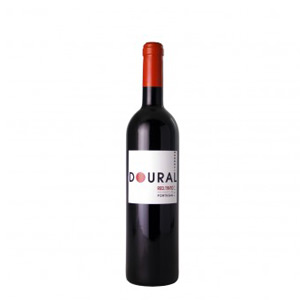
Touriga Nacional is the undisputed King of Portuguese wine grapes, and the most planted grape in the famed Douro river valley. This dark red grape yields rich, inky wines that can age for decades alongside the most forceful Napa Cabs. Traditionally–and they’re still doing things traditionally here–Portuguese vineyards were planted to diverse field blends, often with dozens of different grape varieties, so it’s rare to find 100% Touriga Nacional wines. Their blends however, are bold and beautiful with silky tannins, plus lots of spice and red fruit flavors. Like Cabs, they’re best alongside hearty meat dishes like beef stew, or bacon-covered burgers.
Try: Sogevinous Doural Tinto, a classic Douro field blend with bright, fresh cherry flavors, black pepper, and a hint of oak ($9).
If You Like Tempranillo Or Sangiovese, Try Dão Reds
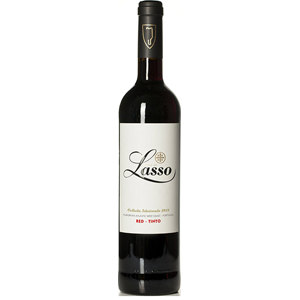
Tempranillo has more nicknames than any other grape, and its Portuguese synonyms Arragônes and Tinta Roriz often appear in lively Dão blends. Located in North Central Portugal, the Dão region is continental, and its high-elevation vineyards produce wines with naturally high acidity, delicate fruit aromas, and firm tannins. Unlike Spanish Tempranillos or Tuscan Sangiovese, Portuguese versions often see less oak, making them more financially approachable and food friendly. The best bottles show lots of red cherry fruit, with zippy, refreshing acid that makes them great alongside meaty frozen pizzas or earthy mushroom risottos.
Try: Quinta do Covão Colheita Selecionada Tinto, a deep ruby gem with a smokey nose, and rich raspberry fruit tones ($15).
If You Like Syrah Or Zinfandel, Try Alentejo Reds
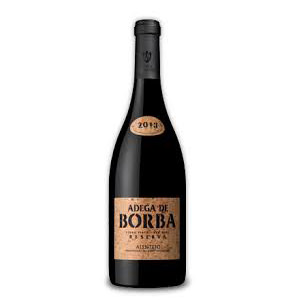
Alentejo encompasses nearly 1/3 of Portugal’s landmass, and its red wines often dominate restaurant lists across the country. Tinto Roriz (aka Tempranillo) is a key player alongside, floral Trincadeira, and the deeply colored Alicante Bouschet grape. Here, scorching summer temperatures lead to red wines with gigantic fruit flavors like plum, blackberry, and raspberry but without harsh tannins. Like Zin, these bottles are perfect with roasted pork dishes, or Chinese pork spare ribs.
Try: Adega de Borba 2013 Reserva Tinto, a luxurious red loaded with plum and berry flavors, and a nose of cedar ($12).
If You Like Chardonnay, Try Alentejo Whites
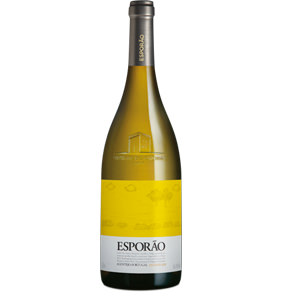
Like the reds from this desert-zone, Alentejo white wines are big, rich, and creamy with ripe tropical flavors like pineapple and peach. Unlike American Chardonnays, these wines don’t often see heavy oak, but are usually given a toasty kiss during a quick aging process. Looking for something to go with your Easy Mac or Cheddar Combos? Look no further. (Though rotisserie chicken with root vegetables is an equally good match.)
Try: Esporão Reserva Branco 2013, a rich blend of 4 indigenous varietals with toasty oak tones and loads of peach and pear flavors ($15).
If You Like Sauvignon Blanc, Try Vinho Verde
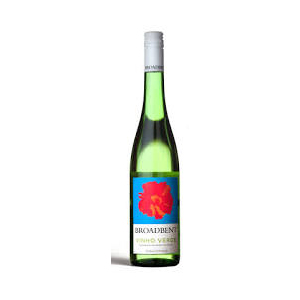
Vinho Verde is a tiny region in Northwest Portugal, where cool temperatures and lots of rain yield light, fresh wines with a hint of sparkle. These citrus-scented bottles tend to be low alcohol, making them perfect for day drinking during blizzards or surprise January park days. Plus, even the best Vinho Verde costs $12 or less. Pair with lightly poached fish dishes, or Taco Truck delicacies.
Try: Broadbent Vinho Verde, an effervescent gem with bright lemon and lime flavors and just a hint of minerality ($8).

